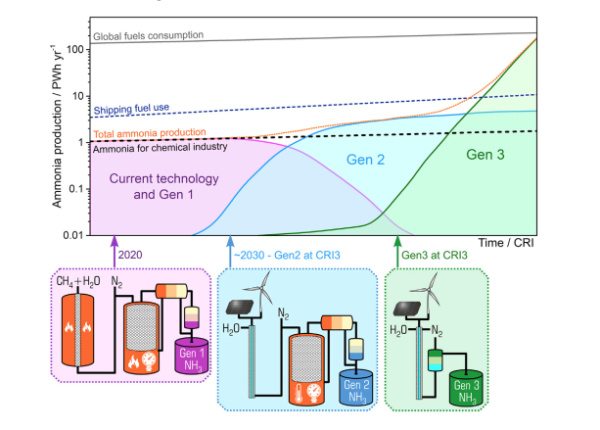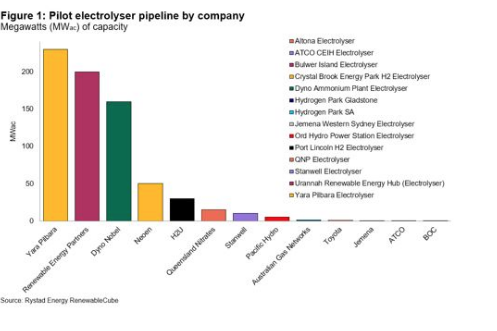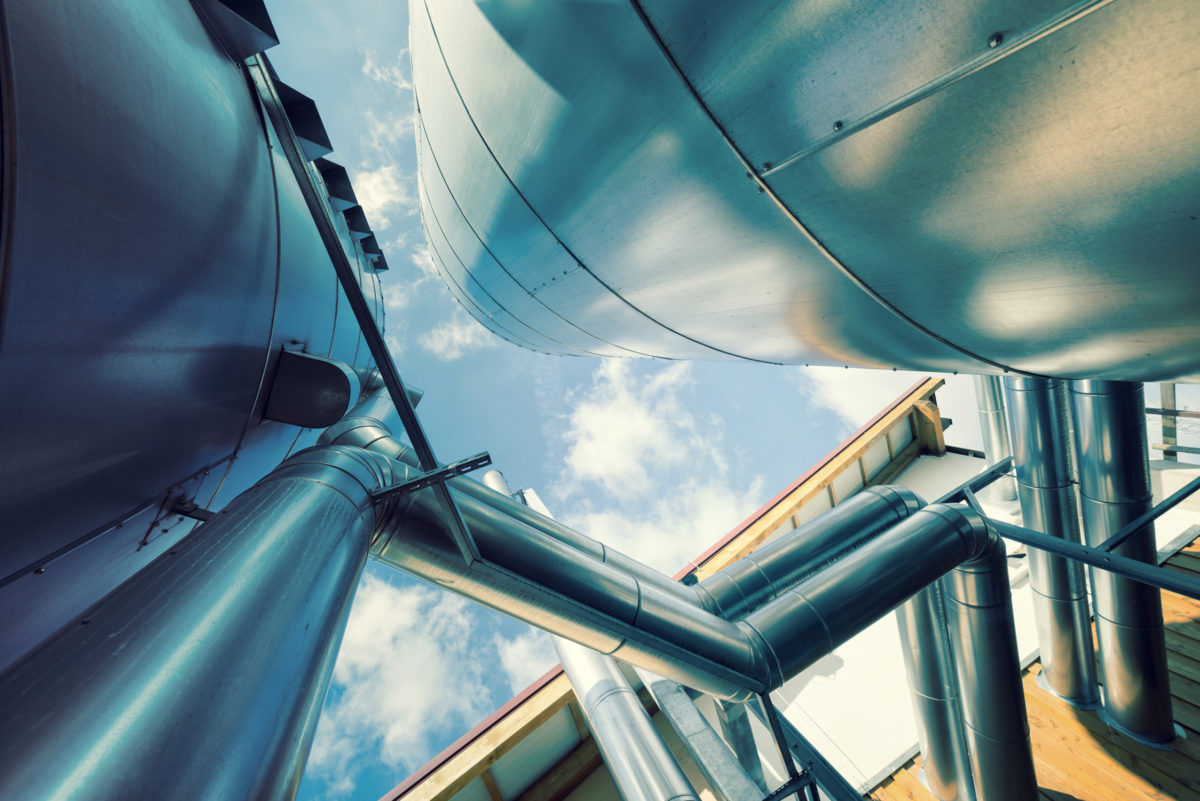Produced at scale, ammonia could replace a substantial fraction of current-day liquid fuel consumption and act as a diesel substitute in heavy transportation, power generation and even as a potential jet-fuel. This ammonia-based economy will emerge through multiple generations of technology development and scale-up, researchers at Monash University argue.
Until now ammonia has largely been seen only as a way of storing and transporting renewable hydrogen to distant markets where it would be transformed back into hydrogen for use in fuel cells and power generation. That being said, the global transportation of ammonia by pipeline and bulk carrier is already a well-developed technology.
And while it could become the basis of the future of totally sustainable energy and fertilizer, producing ammonia is energy intensive. A new study from Monash chemists published in Joule finds that the development of broad ranging uses could ultimately support a global energy economy based substantially on ammonia. Their roadmap recognizes the hydrogen storage and transportation pathway, but goes further by demonstrating how technology developments will eventually avoid the hydrogen step and enable the direct production of ammonia from renewable energy.
“The study is important because it sets out the opportunities that will arise from the development of the ammonia economy as well as some of the challenges that need to be overcome in developing the massive scale involved,” said Professor Douglas Macfarlane from the Monash School of Chemistry. “The work adds to our understanding by teasing out and detailing the overlapping technology pathways and the developments required in each case towards reaching scale.”
Three overlapping pathways
The researchers began by assessing the current and emerging production technologies for ammonia from renewable energy sources, including an in-depth discussion of the issues confronting the field of research focussed on the direct electrochemical nitrogen reduction reaction (eNRR). They then discuss some of the surrounding challenges that must be addressed in massively scaling up these technologies towards their use as a common fuel. They also survey the broadening range of end-use modalities that are emerging for ammonia as an energy carrier.
The researchers argue that the pathways forward to renewable ammonia being produced at scale will emerge via three overlapping technology pathway. The pathways forward are discussed in regard to current-day technology using CO2 sequestration or offsets (generation 1) and immediate future approaches (generation 2) that move the Haber-Bosch (H-B) process to renewable sources of hydrogen. Unlike the previous two pathways, generation 3 technology does not require the H-B process and enables direct reduction of dinitrogen to ammonia electrochemically – applicable at any level of scale, from kW to GW.
Since carbon sequestration adds cost and plant complexity on top of the H-B technology, the researchers say, it is likely to represent only a transitional solution, helping to establish a market for ammonia beyond the fertilizer and chemical industries. Gen 2 technology, which uses H-B technology to produce ammonia from renewable, rather than fossil-fuel-sourced hydrogen, has long-term significance for the ammonia economy, limited only by the substantial investment and long lead time required to establish new facilities. Meanwhile, alternative Gen 3 approaches are becoming viable.

Credit: Joule, MacFarlane et al.
The Monash study comes as ammonia becomes increasingly recognized as an important, sustainable fuel for global use in the future. In Australia, applications are being actively developed with ammonia producers dominating the country’s H2 electrolyser development pipeline. According to Rystad Energy data, the pipeline of pilot electrolyser projects in Australia last month totaled 703 MWac, with the bulk of this capacity (405 MWac) attributed to ammonia producers looking to use H2 to create green ammonia.

Last week alone, BP Australia launched an ARENA-backed feasibility study into a renewable hydrogen and ammonia production facility in Western Australia. This will include an evaluation of the different technologies and process configurations required to manufacture green hydrogen and ammonia on-site.
This content is protected by copyright and may not be reused. If you want to cooperate with us and would like to reuse some of our content, please contact: editors@pv-magazine.com.









By submitting this form you agree to pv magazine using your data for the purposes of publishing your comment.
Your personal data will only be disclosed or otherwise transmitted to third parties for the purposes of spam filtering or if this is necessary for technical maintenance of the website. Any other transfer to third parties will not take place unless this is justified on the basis of applicable data protection regulations or if pv magazine is legally obliged to do so.
You may revoke this consent at any time with effect for the future, in which case your personal data will be deleted immediately. Otherwise, your data will be deleted if pv magazine has processed your request or the purpose of data storage is fulfilled.
Further information on data privacy can be found in our Data Protection Policy.